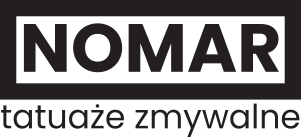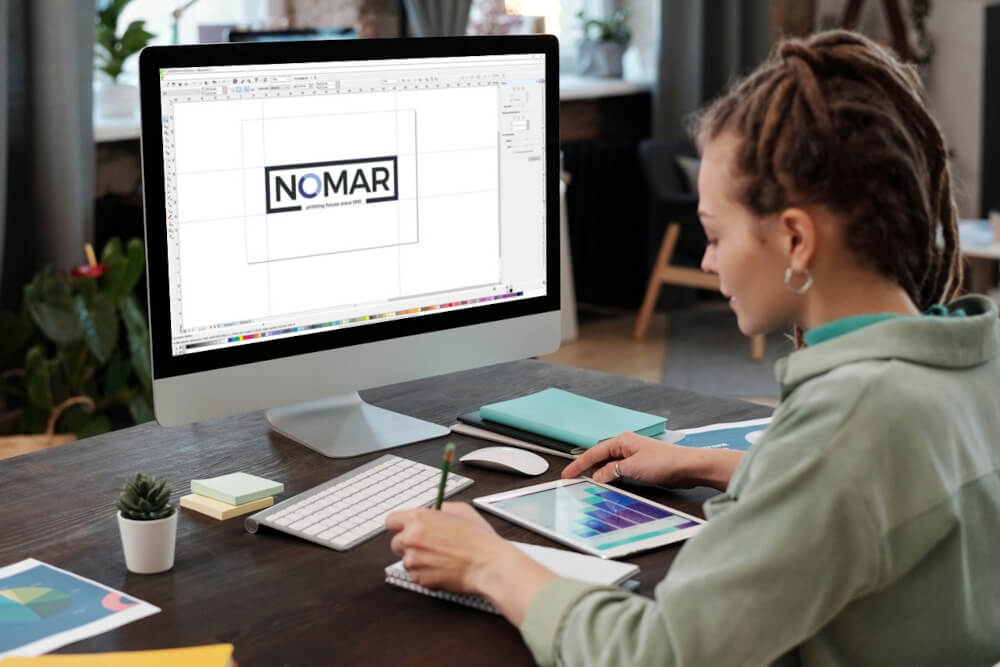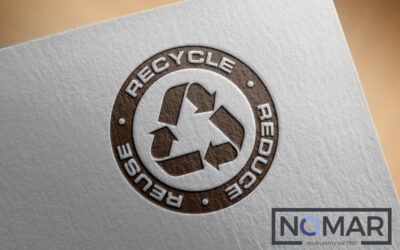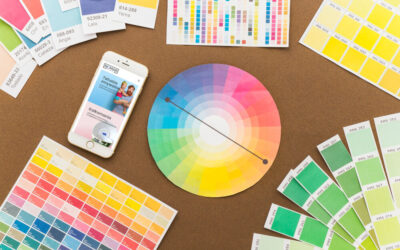Vector graphics is a technology that plays a key role in today’s graphic design, web design, animation and many other fields. Unlike raster graphics, which are made up of pixels, vector graphics are based on mathematical equations, which allows for infinite scaling without loss of quality. In this article we will look at the basics of vector graphics, its applications, advantages and the future of this technology.
What is Vector Graphics?
Vector graphics consist of geometric objects such as points, lines, curves, and polygons that are defined using mathematical equations. Each vector graphic element is described by its properties, such as position, color, shape, and line thickness. Popular vector graphics file formats include SVG (Scalable Vector Graphics), EPS (Encapsulated PostScript) and AI (Adobe Illustrator).
How does vector graphics work?
The basic feature of vector graphics is its scalability. Because each element is described mathematically, it can be freely enlarged or reduced without loss of quality. For example, a circle in a vector graphic is defined by its center and radius, which means its edges will always be smooth, regardless of size.
Vector Graphics Creation Tools
Specialized graphics programs are used to create vector graphics. The most popular of them are:

– Inkscape: A free, open-source tool that offers many features found in commercial programs.

– CorelDRAW: Another advanced software for creating and editing vector graphics.
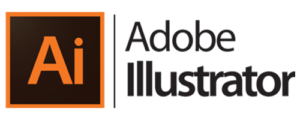
– Adobe Illustrator: A professional vector graphics creation tool, widely used in the graphics industry.
Applications of Vector Graphics
Graphic Design
Vector graphics are a basic tool in designing logos, icons, illustrations and advertising materials. Thanks to precise scaling capabilities, vector designs can be used on both small business cards and large billboards without loss of quality.
Web Design
In the era of responsive websites, vector graphics play a key role. SVG files can be easily scaled to a variety of screen sizes, ensuring sharp and clear images on any device. Additionally, SVG is supported by most web browsers, making it an ideal format for web graphics.
Animations
Vector graphics are often used in animation, both traditional and computer-generated. Programs such as Adobe Animate allow you to create smooth vector animations that can be exported to a variety of formats, including SVG web animations.
Printing
One of the greatest advantages of vector graphics is its ability to be printed losslessly at any resolution. Graphic designs such as leaflets, posters or banners can be printed in the highest quality, regardless of their size.
Advantages of Vector Graphics
Scalability
As already mentioned, vector graphics can be scaled without losing quality. This is especially important for designs that need to be used in different sizes, such as logos.
Editability
Vector graphics are easy to edit. Each element can be changed independently, which allows you to quickly make corrections and adapt projects to the client’s needs.
Small File Sizes
Vector files are typically smaller than their raster counterparts, which is advantageous for transferring files over the Internet and for storing on disks.
Support for Special Effects
Vector graphics can be enhanced with a variety of special effects, such as shadows, color transitions, and transparency. Vector graphics tools offer a wide range of effects that can be used to create more complex and visually appealing designs.

Are you interested in working with us?
Go to the contact tab or
Vector Graphics and its future
SVG Popularity Rising
The SVG format is gaining popularity as the demand for responsive websites and mobile applications increases. SVG offers excellent image quality and support for interactivity, making it an ideal choice for modern web projects.
Integration with New Technologies
Vector graphics are used in new technologies such as augmented reality (AR) and virtual reality (VR). In these fields, precise and scalable images are key to creating immersive experiences.
Automation and AI
The use of artificial intelligence in vector graphics opens up new possibilities, such as automatic creation and editing of graphics. AI-powered tools can speed up the design process by offering intelligent suggestions and automatic adjustments to graphic elements.
Summary
Vector graphics are a powerful tool that is used in many areas of modern design. Its advantages, such as scalability, editability and small file sizes, make it irreplaceable in graphic design, web design, animation and printing. As technology develops, vector graphics will continue to evolve, offering new possibilities and applications. Thanks to its versatility and potential, it will certainly remain a key element in every graphic designer’s arsenal.
